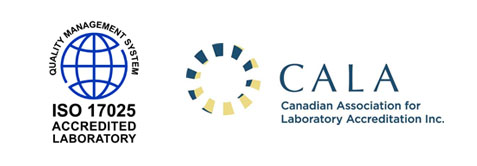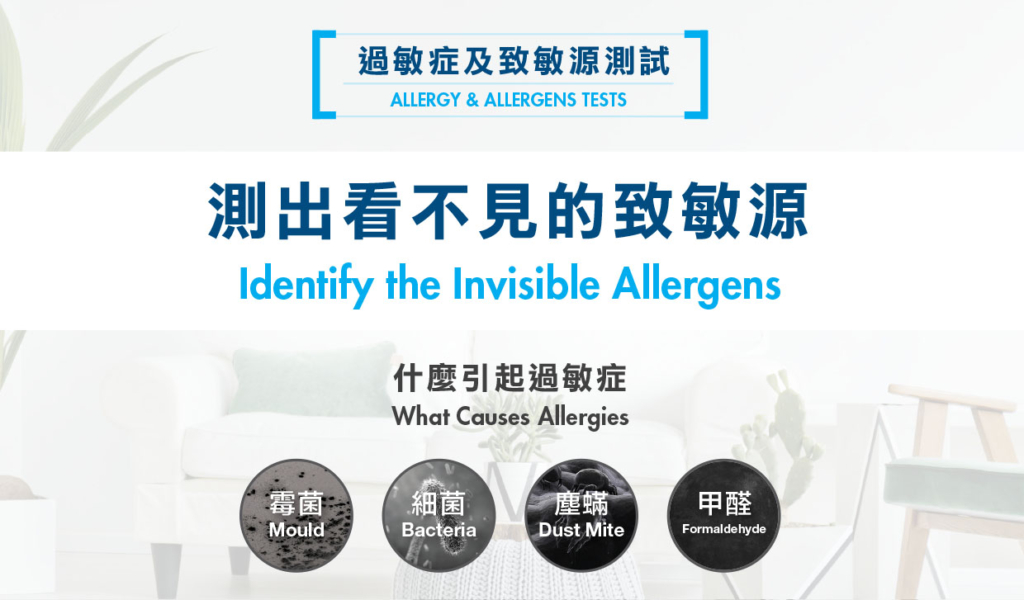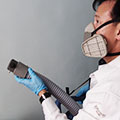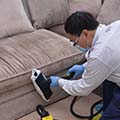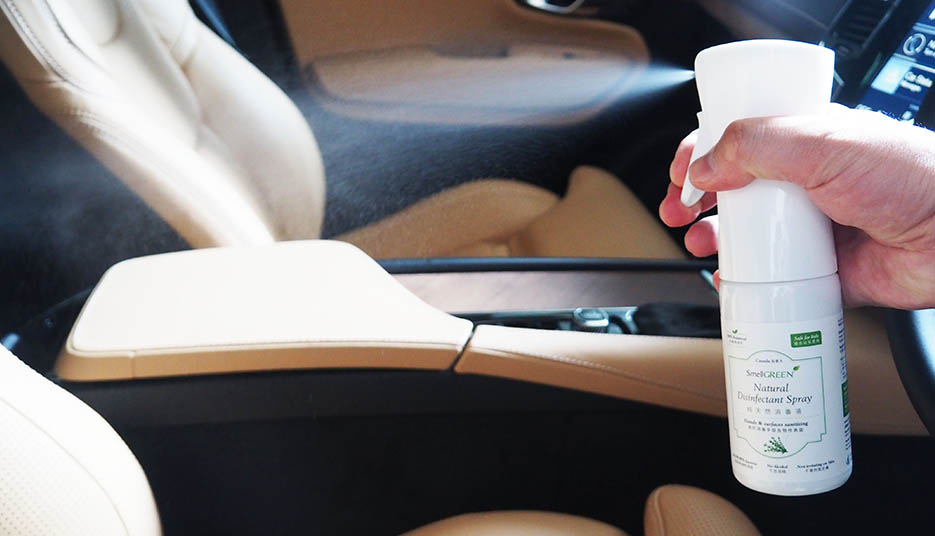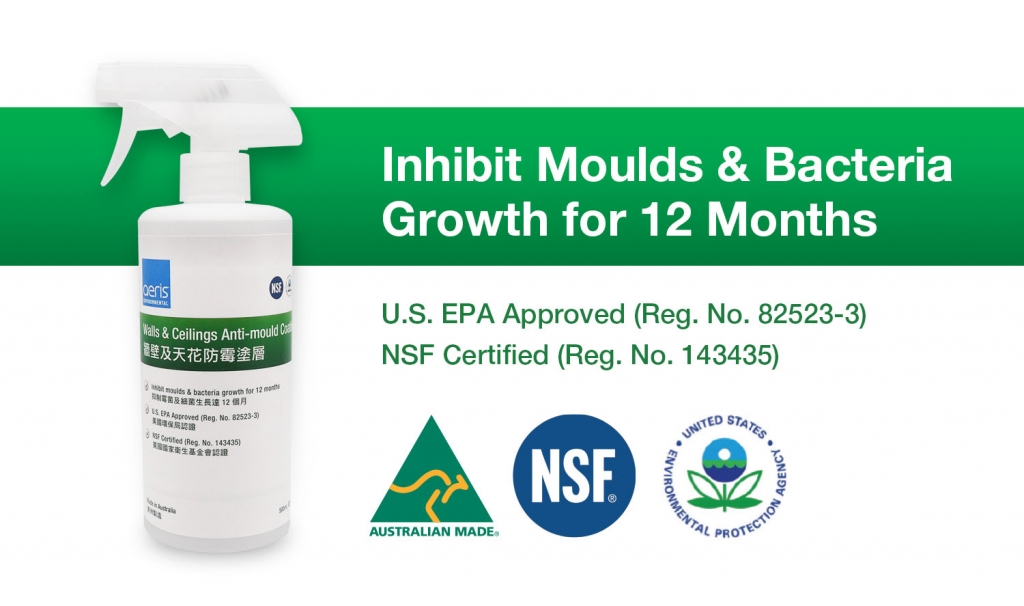Aims
The test aims to find out whether there are airborne mould spores in the air and identify the mould to genus level by collecting air samples at indoor environment where mould growth is suspected.
Common Types of Mould in Homes
- Aspergillus: a common fungus that can be found in soil and on damp hay, grain and fruit. It is a known aero-allergen, and it is the most common cause of respiratory disease in man.
- Cladosporium: a common fungus usually associates with plants, wood products, and leather goods. The spores are easily made airborne and as such are a common cause of respiratory problems and allergic reactions.
- Penicllium: a known and documented aero-allergen. It is commonly found in soil, and it grows readily on fruits, breads, cheeses, and other foods. An opportunistic pathogen, it produces mycotoxins that are toxic to humans.
- Phoma: a fungus that grows readily on most paper products, such as magazines and books. It grows on some paints and green plants. Phoma is widespread in nature and frequently produces a skin rash or other reactions in mould-sensitive individuals.
Mould & Allergy
Mould reproduces by tiny spores that can be present on both surfaces and in the air, they live in moist places like bathrooms, kitchens or air conditioners. Mould remains allergenic and toxigenic to our health even when dead.
As tiny mould spores become airborne, they can trigger or aggravate asthma symptoms and cause allergic reactions, such as nasal congestion, runny nose, sneezing and irritated eyes in people who have mould allergies. Identifying the particular mould species found at home is crucial for you to locate and eliminate the source of mould growth.
Where should I test?
Samples will be taken from up to 3 indoor areas, suggested testing locations include…
- Living Room
- Bathroom
- Bedroom
- Walk-in Closet
- Inside cabinet & wardrobe
Testing equipment
We adopt a unique air sampling pump and cassette designed for the rapid collection of a wide range of both viable and non-viable aero-allergens including mold spores, pollen, insect parts, skin cells, fibers and inorganic particulate.
After sampling is completed, the cassettes are sent to a laboratory located in Canada. The lab has been accredited to ISO 17025 international standard by the Canadian Association for Laboratory Accreditation (CALA) for identification.
